If you want to immerse yourself in unforgettable and fascinating medieval adventures with your family or friends, you cannot miss the opportunity to visit Hohensalzburg Fortress, Hohenwerfen Castle and Mauterndorf Castle: three majestic medieval complexes in the Salzburg region of Austria, perfectly preserved and full of historical charm, offering a journey through the centuries thanks to guided tours, programs and events designed especially for various audiences.
Having become one of the symbols of Salzburg’s city profile, Hohensalzburg Fortress towers imposingly from the top of the Festungsberg; dating back to the 11th century, it is one of the best preserved and largest fortified complexes in Europe. Construction of the fortress began in 1077 at the behest of Archbishop Gebhard von Helfenstein, in response to conflicts between Emperor Henry IV and Pope Gregory VII during the investiture struggle. Originally conceived as a symbol of the power of the archiepiscopal princes of the time, the fortress underwent various expansions and alterations over the centuries, arriving at its present appearance around the 16th century mainly thanks to Archbishop Leonard von Keutschach. Today, Hohensalzburg Fortress is one of Salzburg’s main tourist attractions. A visit to the fortress allows visitors to explore the ancient rooms and towers, enjoy spectacular views of the city and its surroundings, and discover unique legends and treasures such as the Salzburg Bull, an ancient mechanical cylinder organ dating back to the 16th century. Over time, this instrument has been restored several times and played a variety of melodies. Originally, the Taurus intoned a triad of F major with so-called “old chorales” at 4 a.m. and 7 p.m. Today, this precious organ resonates daily three times a day, right after the Glockenspiel (the Carillon Tower) located in the historic center of Salzburg. In addition to the old chorales, its current repertoire includes pieces composed by conductors of Salzburg’s archbishopric courts, such as Johann Ernst Eberlin, Paul Hofhaimer, and Leopold Mozart. Cultural events and concerts further enrich the experience, bringing to life the past of this majestic fortress. Among the most fascinating rooms to visit inside the fortress are the Princes’ Rooms, namely the Princes’ Hall, the Golden Stube and the Golden Hall, which provide insight into the lives and works of the lords of Salzburg and their subjects, and the new Magic Theater. Then there is the Fortress Museum: in its twelve rooms one has the opportunity to learn about the history of the city and the role of the fortress through the centuries. Also, the Rainer Regiment Museum and the Puppet Museum. In addition to discovering interesting facts about the lives of the archbishops and the history of the fortress, guided tours designed for schools or groups of children and young people allow them to learn about historical events up close with pedagogical-museum tours. In addition, real themed days have been designed for the youngest children on the occasion of birthday parties: they can go on a discovery tour of the innermost corners of the fortress, take part in knights’ tournaments and games of skill, enact ancient legends, and wear like the nobles of old colorful chivalric costumes.
Called the fortress of adventures is Hohenwerfen Fortress, an imposing medieval structure situated on a rock overlooking the Salzach Valley in the Salzburg district of Pongau. Like Hohensalzburg Fortress, it, too, was built at the behest of Archbishop Gebhard von Helfenstein, but it had a far more troubled history of extensions, construction, and destruction than the latter; for a time it was used as a prison, then as a hunting lodge, and later as a princely seat to house a large collection of artwork and weapons. In Nazi times it housed a military training institute, and only in 1987 did it become solely a tourist attraction. Among the main attractions at Hohenwerfen Fortress are undoubtedly still the historic falconry demonstrations that allow visitors to admire birds of prey in flight and learn ancient bird-of-prey training techniques. Hawks, vultures, eagles and other local birds of prey demonstrate their extraordinary flying skills several times a day. There is also a dedicated museum here and an outdoor area where flight demonstrations are held. The falcon Alonso will then accompany the little ones in an exciting marathon of riddles: they will have to solve complicated mysteries at different stations and at the end they will be rewarded with a small surprise. To make the visit even more interesting and engaging, special guided tours are also organized to discover all the secrets of the Fortress followed by knightly banquets in the complex’s brewery. Hohenwerfen Fortress is thus a historic site that offers a fascinating glimpse into Austria’s medieval history, enriched by cultural events, medieval festivals, special programs devoted to folklore and spectacular falconry displays that continue to attract visitors from all over the world all year round. A curiosity: the 1968 film Where Eagles Dare was filmed here, starring Richard Burton and Clint Eastwood, which helped introduce this splendid structure to the general public.
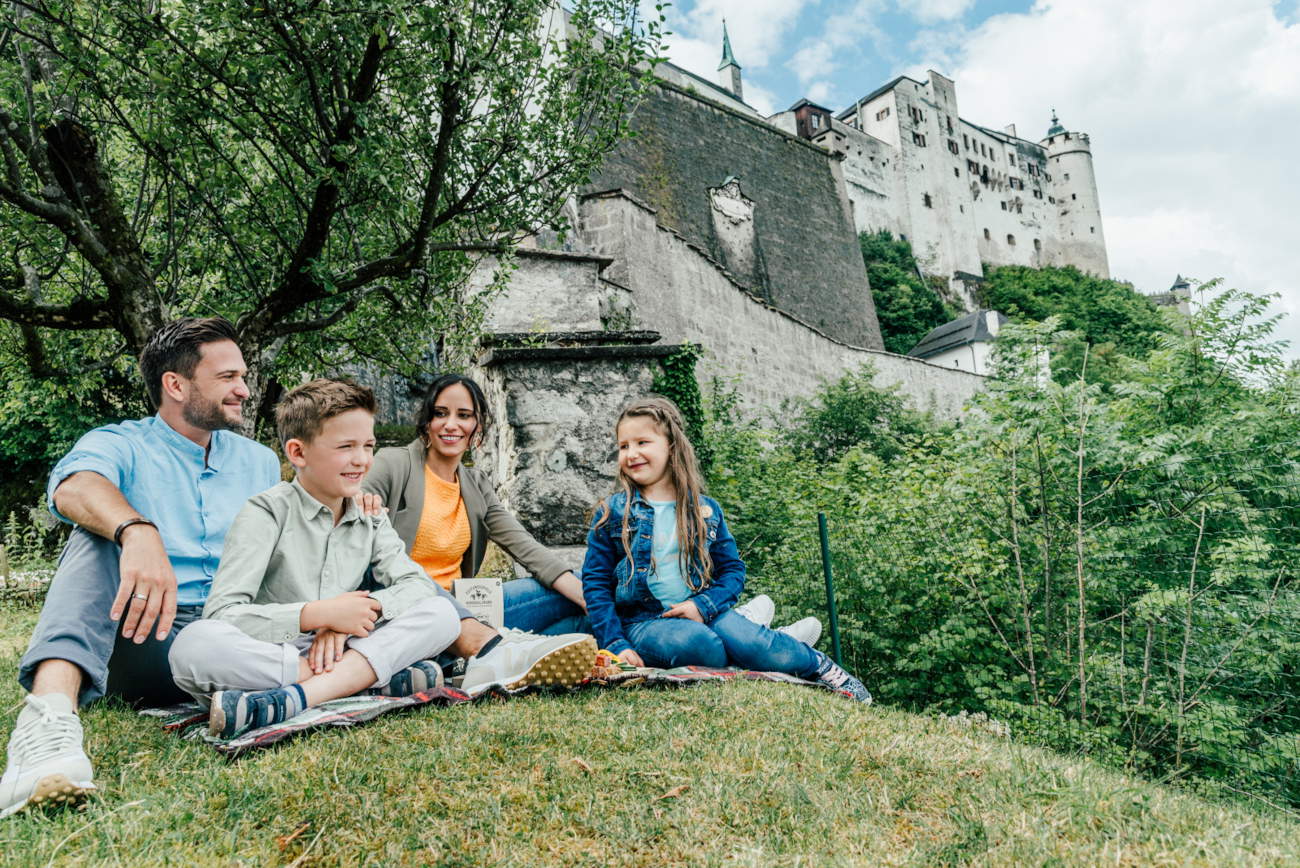
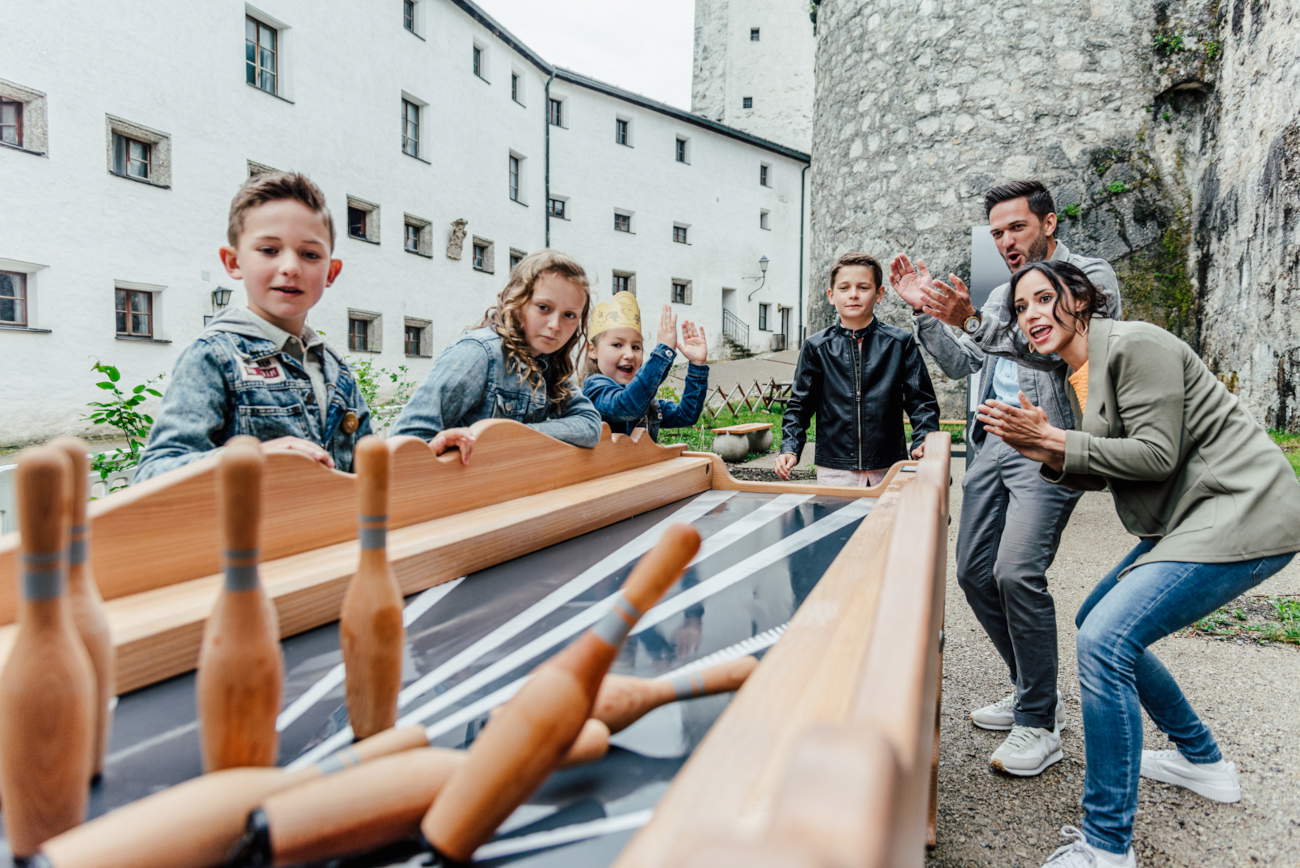
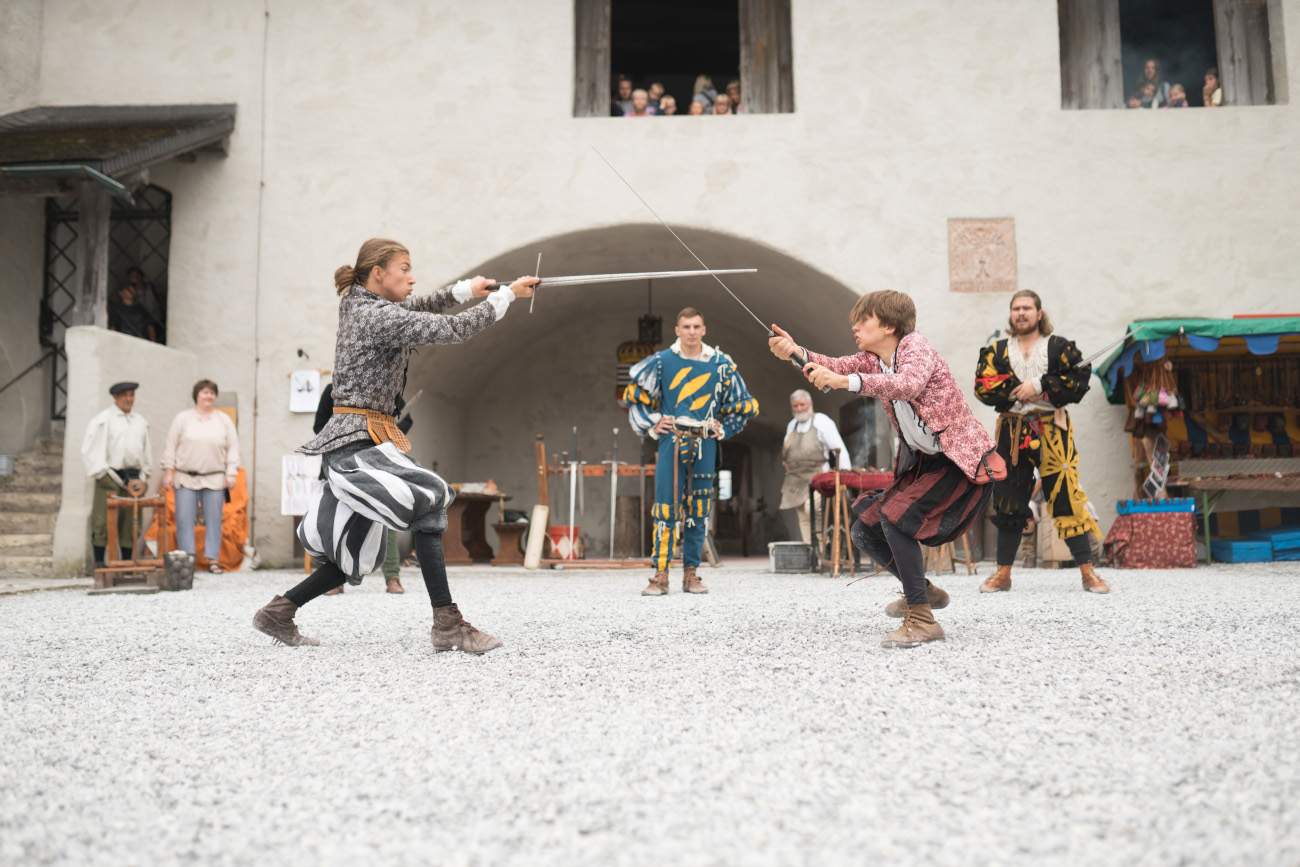
Also in the Lungau district, Mauterndorf Castle, built in the 13th century by the Salzburg Canon Chapter on the former customs station, visitors can fully immerse themselves in the Middle Ages. They will be able to be received together with a court lady or courtier for an “audience with the prince archbishop” or experience a romantic night tour in the defense tower that will lead into a past world to show how people lived so many centuries ago. Children and young people will also have the opportunity to discover, guided by a museum pedagogue, trivia about the history of the Castle, from when it was built on the former customs station to when it became the summer residence of the prince archbishops of Salzburg, particularly with Archbishop Leonhard von Keutschach. Until 1806 the castle was owned by the Cathedral Chapter and served as an administrative center, then passed to the state. It was later bought by Prussian medical captain Hermann von Epenstein, who had it completely restored, and after several changes of ownership, the castle passed to the Land of Salzburg in 1968. Today, Mauterndorf Castle is a tourist attraction and the site of numerous cultural and historical events throughout the year. Visitors can explore the different rooms of the castle, take part in guided tours explaining its history, and enjoy impressive views of the Radstadt Tauern Mountains and the surrounding natural landscape via the new circular path around the castle, which is nearly a kilometer long. There is also a fully functioning drawbridge by Hamburg artist Toni Schmale. Unlike the historic drawbridges, the Mauterndorf drawbridge has two movable walkways and is accessible from both sides. While historic castle drawbridges represented isolation from the enemy, Mauterndorf Castle’s new drawbridge represents gathering and provides a place to gather. The Lungau Landscape Museum, which tells the history of the area and where the treasures of this region’s culture are collected, is also open and can be visited in summer. Mauterndorf Castle thus represents not only an important historical monument, but continues to fascinate and tell visitors about its rich medieval heritage through its many activities.
As of 2025, these three sites will be joined by the historic Kniepass Fortress, which will be renovated and redesigned to become a year-round tourist attraction and managed, like Hohensalzburg Fortress, Hohenwerfen Castle, and Mauterndorf Castle, by Salzburger Burgen & Schlösser, which is responsible for the preservation and activities of these medieval complexes in Salzburg.
For more info you can visit www.salzburg-burgen.at/it/
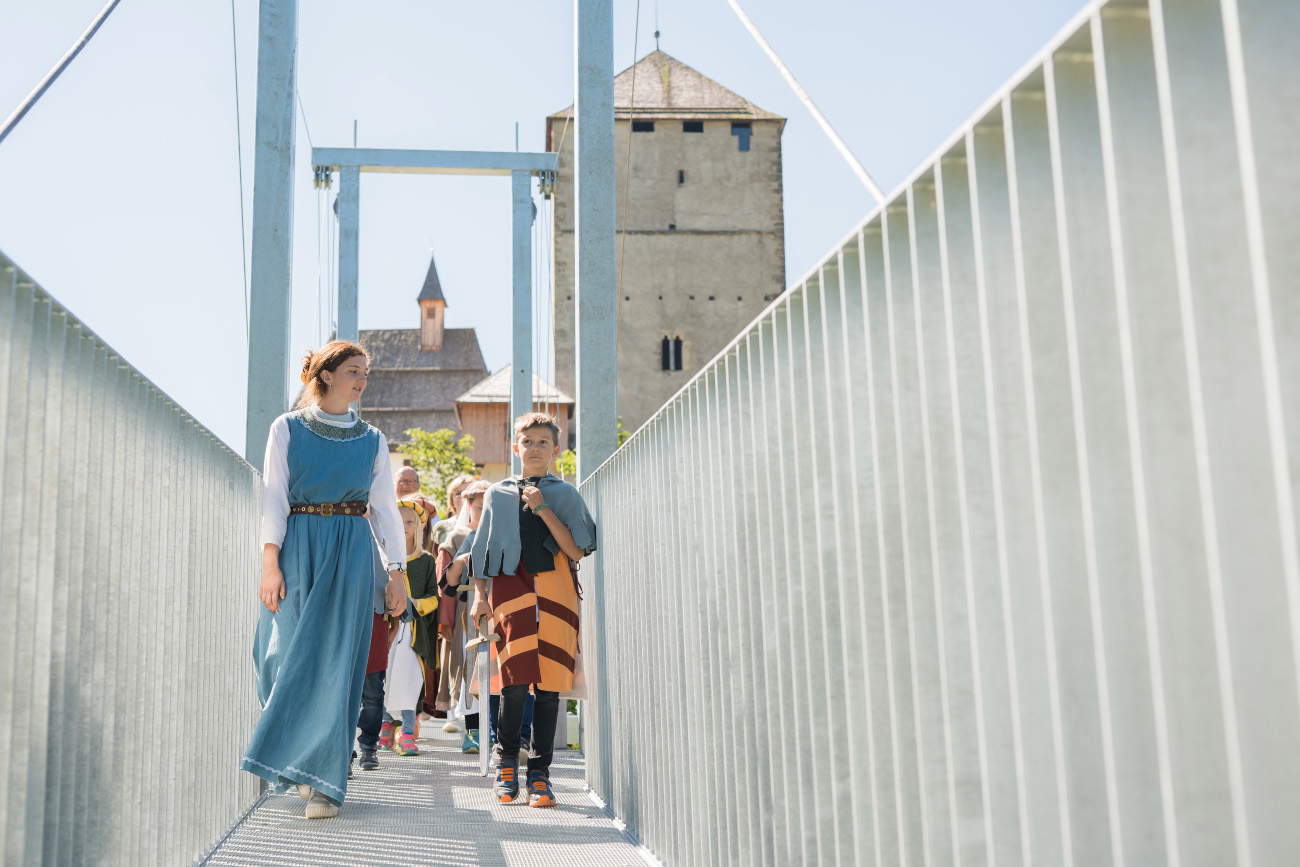
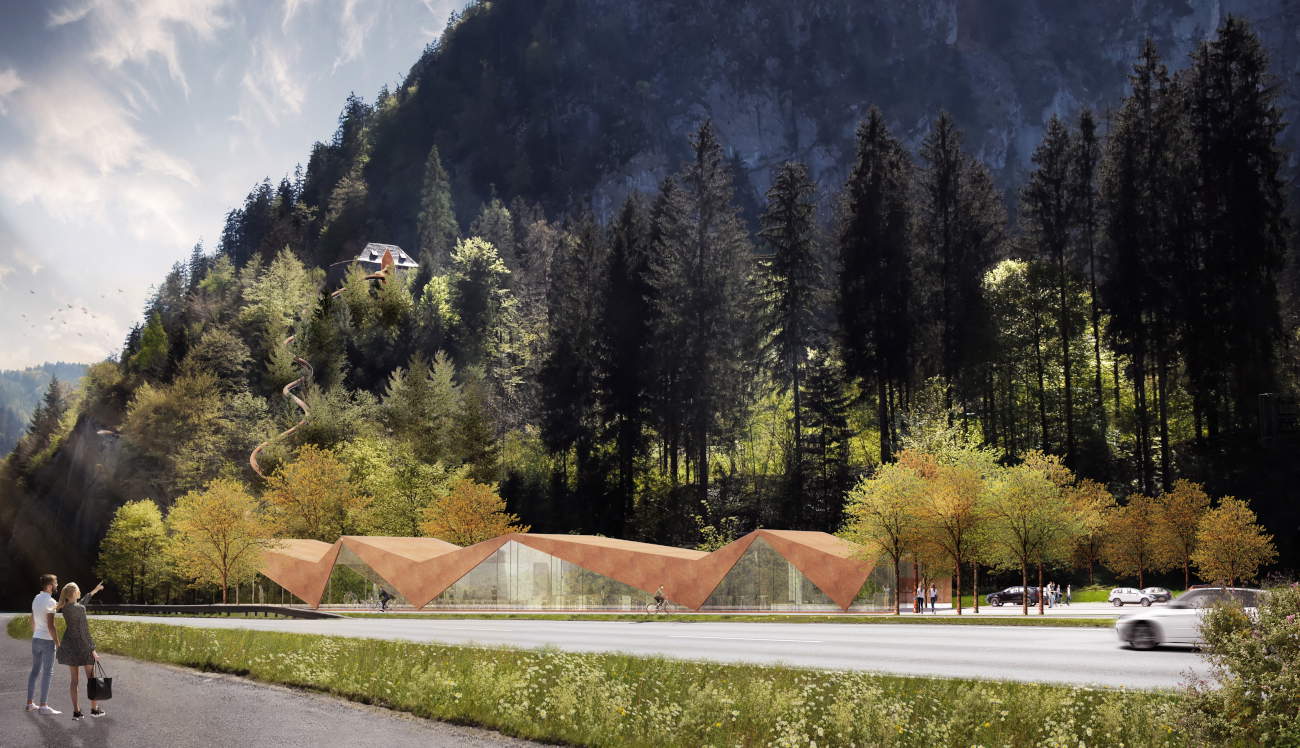
 |
| Austria, fortresses and castles in Salzburg to experience the magic of the Middle Ages |
Warning: the translation into English of the original Italian article was created using automatic tools. We undertake to review all articles, but we do not guarantee the total absence of inaccuracies in the translation due to the program. You can find the original by clicking on the ITA button. If you find any mistake,please contact us.